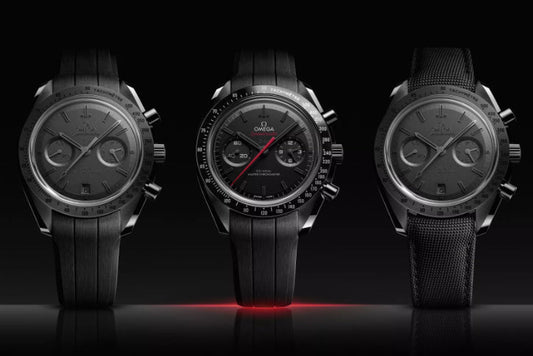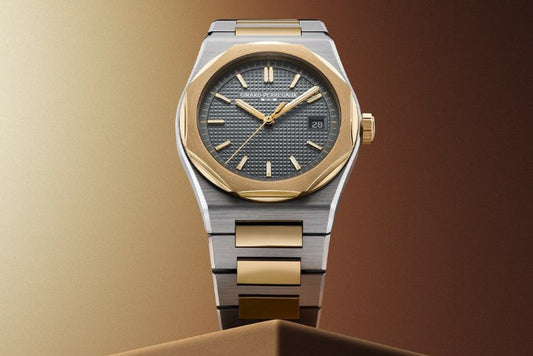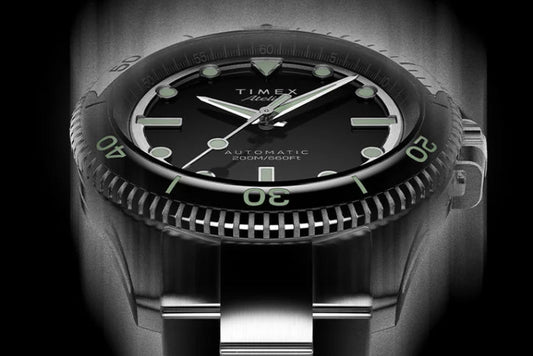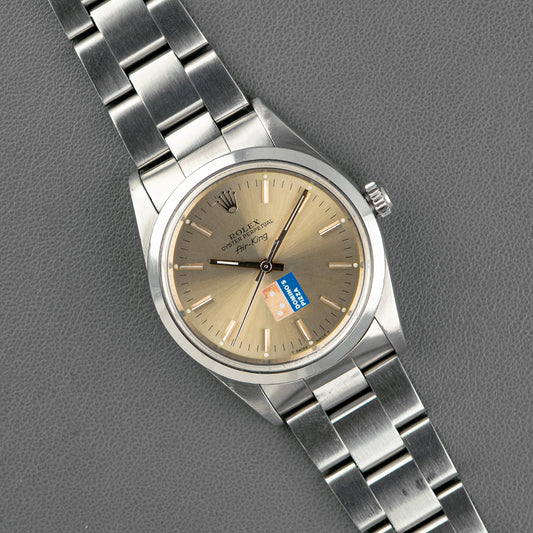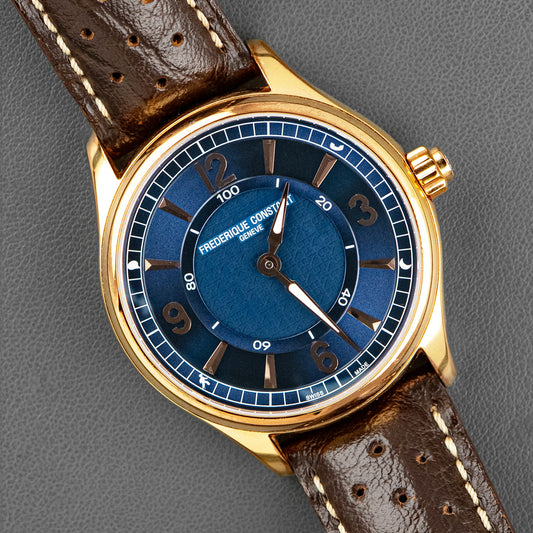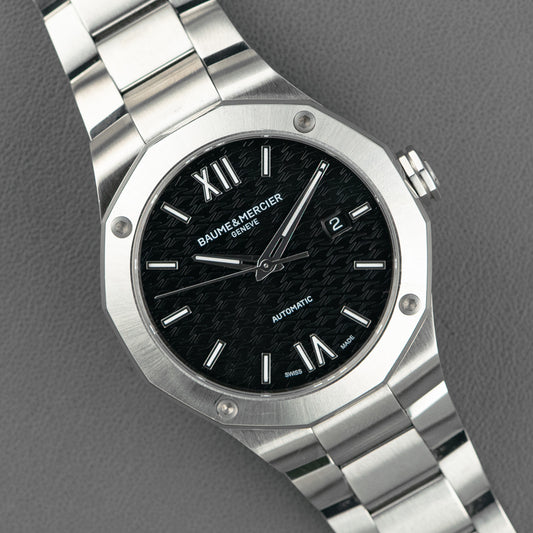What 2023 has left us
Daniel PintoWithout realizing it, wrapped up in wars and global chaos, the clock on 2023 continued to tick silently but diligently, and today, finally removed from the distortion generated by the pandemic, the watch industry seems to have returned to its "normal" cycle of ups and downs, fads and flops, successes and controversies.
Here, we distill some of the trends that caught our attention as something to keep in mind, both for us at LOFT and for the collectors and enthusiasts who enjoy and suffer with this very particular hobby.
Collaborations
The more the world fights and launches rockets, the more watch brands want to collaborate. It seems that if we let marketing departments manage countries, there would be no more war, only Moonswatches . A trend that has been going on for a couple of years now, but has intensified this year. Two or more brands join forces to collaborate in an attempt to share each other's "greatest hits," usually in the form of limited editions. This used to be something between a watch brand and a brand in another category, such as automotive or fashion designers. What's changed now is that collaborations are now taking place between watch brands, often direct competitors.

This year we saw everything from the obvious, like a new Swatch collaboration with a sister brand of the group, to the downright bizarre, with Moser and MB&F creating a watch with a DJ bear on the dial. Real. A special mention to Louis Vuitton, often ignored and vilified by collectors, which through its new and youthful CEO Jean Arnault seeks to revolutionize its image with an incredible collaboration with Rexhep Rexepi of Akrivia, who has launched what will surely be one of the top watches of the year. A unique and beautiful complication , which elevates the brand's credibility in this new era, and although impossible to obtain or afford, leaves us wanting to know what Vuitton will bring us in the future.
New and creative ways to crazy watches
The pandemic opened our eyes to the harsh reality that not all watch buyers are passionate collectors. In an economic context of high liquidity and little to do, prices exploded, and with it, investment in watches went from being a hobby to a lucrative business for some, leading to a frenzy to acquire and then sell the hottest watches on the market at higher prices. These watches are usually special editions or releases from "indie" brands that previously allocated their watches on a first-come, first-served basis. After endless complaints from those who could never afford to buy these watches, brands have begun implementing systems to filter and identify those who want to buy their products. MAD has a lottery system where you can only register once and participate for the right to win a purchase spot for the launch.

Others implement profile review policies and offer their new releases only to already registered customers. Even Patek has been embroiled in controversy over a jewelry store that required a customer to buy hundreds of thousands of dollars worth of jewelry to gain access to the Patek watch of their dreams, only for it to never arrive, despite having met the jewelry store's unscrupulous conditions. Brands like FP Journe require visual proof that you still own the watches you bought from them before selling you another one. Even Swatch put a limit on the number of Moonswatches or Scuba Fifty Fathoms you can buy per visit. Another brand, which we won't name to avoid bullying , had the idea of only selling its new release to women. You can imagine how that turned out. Some were more successful, others more far-fetched, but this year's goal has been to curb reselling and help those who truly want the watch to enjoy it access it at a fair price. To date, we have serious doubts that the mission is being accomplished, despite noble and creative efforts.
Vertical integration
The news of the year wasn't the launch of a new Rolex. Rather, it was Rolex's acquisition of Bucherer , cementing the brand's strategy of controlling its entire distribution channel, from manufacturing to retail. It even launched its "preloved" watch program, in an attempt to control and maintain high prices for its pre-owned watches despite market fluctuations. Brands have sought to vertically integrate across various parts of the chain. FP Journe owns the company that manufactures its dials and cases, ensuring a stable supply and uncompromising quality. Other groups, such as Richemont, have acquired preowned sales sites to better control the secondary market and maintain price stability for their brands.
 On the other side of the industry is a blog like Hodinkee, which acquired Crown & Caliber to capitalize on its enormous reader base and direct them from the blog to watch purchases, creating an additional source of income for its publishing business. While the drop in secondary market prices has caused the blog to generate losses by devaluing its current inventory, it is a strategic move that will help the firm continue to grow in the years to come. Firms like Seiko, a pioneer in developing all of its capabilities in-house and competing in the price segment hardest hit by the iPhone, have managed to stay afloat and prosper because they have a 100% in-house manufacturing process. This allows them to develop models quickly, with excellent value for money, attractive margins, and large scale to reach all corners of the world.
On the other side of the industry is a blog like Hodinkee, which acquired Crown & Caliber to capitalize on its enormous reader base and direct them from the blog to watch purchases, creating an additional source of income for its publishing business. While the drop in secondary market prices has caused the blog to generate losses by devaluing its current inventory, it is a strategic move that will help the firm continue to grow in the years to come. Firms like Seiko, a pioneer in developing all of its capabilities in-house and competing in the price segment hardest hit by the iPhone, have managed to stay afloat and prosper because they have a 100% in-house manufacturing process. This allows them to develop models quickly, with excellent value for money, attractive margins, and large scale to reach all corners of the world.
Don't miss the second part of this editorial, where we'll talk about security and the consequences of the clock in pop culture .

